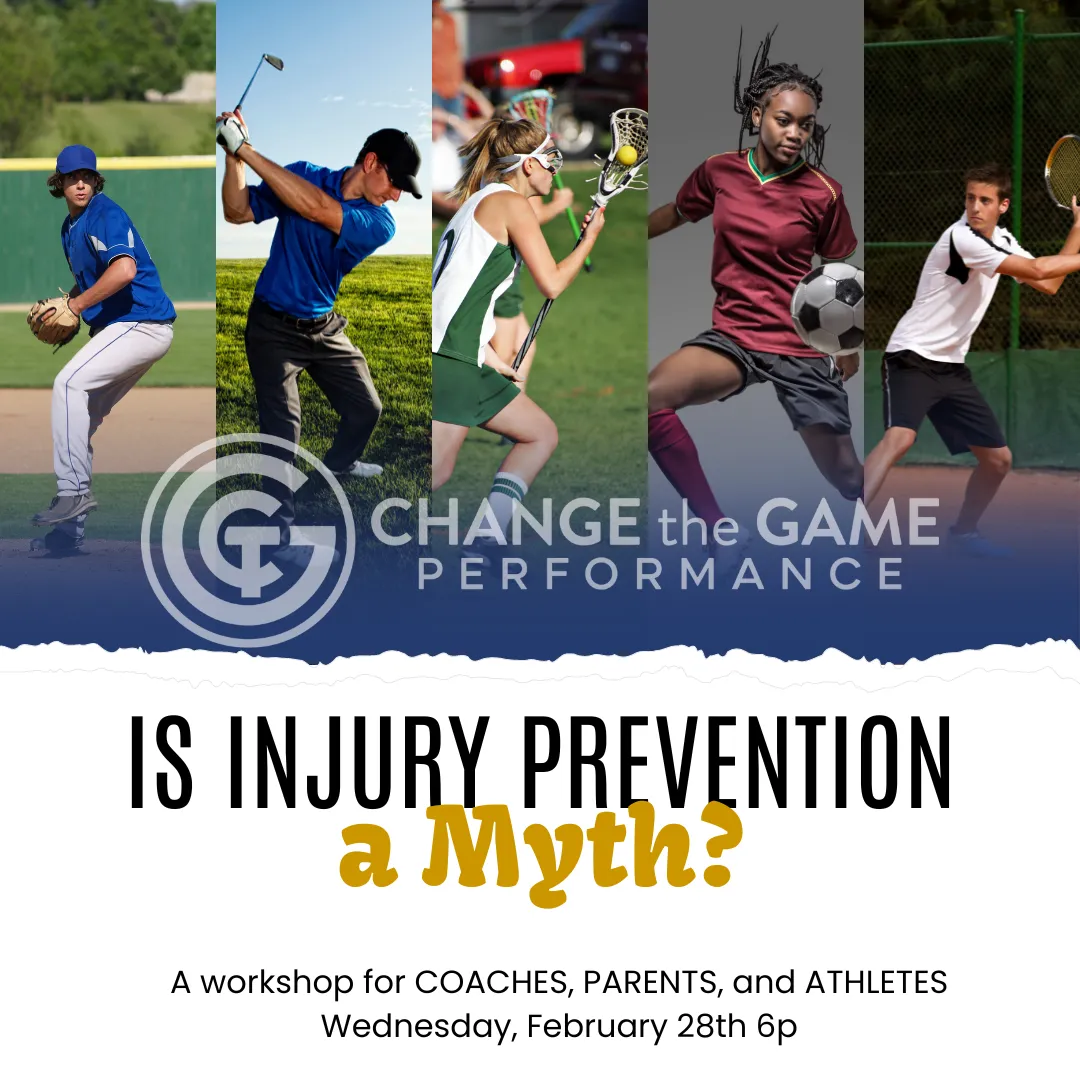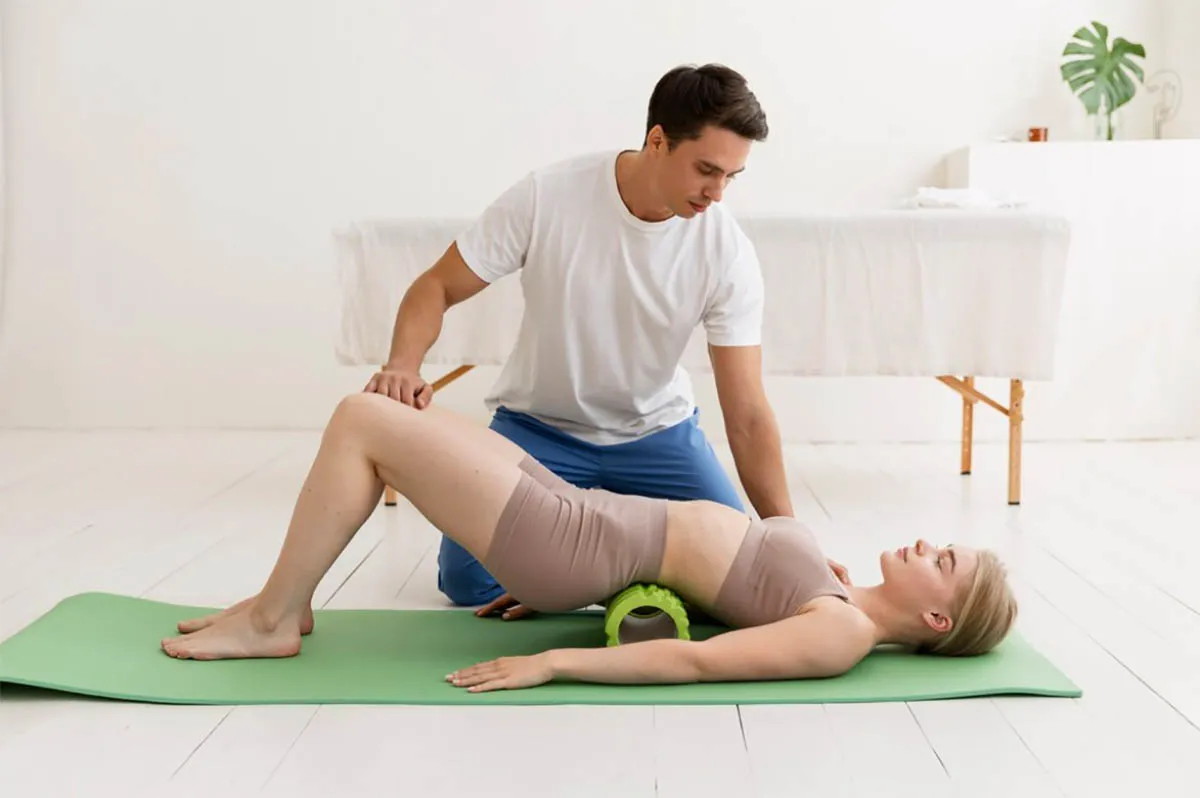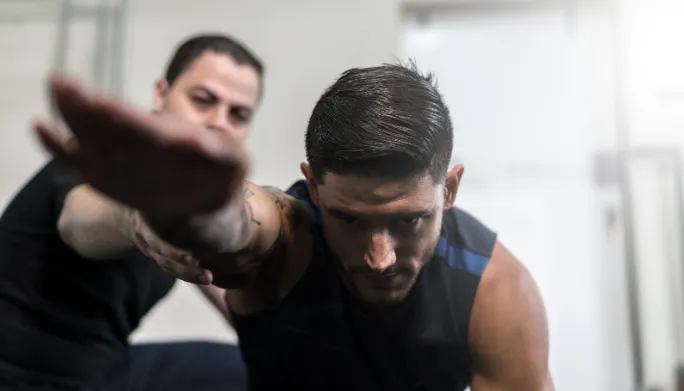Youth sports play a crucial role in the physical, mental, and social development of children. However, with the increasing emphasis on competition and specialization, the risk of injuries has become a growing concern for parents, coaches, and young athletes alike. In the pursuit of injury prevention, several myths have emerged that may inadvertently hinder the well-intentioned efforts to keep our youth safe on the field. In this blog post, we will debunk some common myths surrounding injury prevention in youth sports.
Myth 1 – Early Specialization is the Key to Success
One prevalent misconception is that early specialization in a single sport enhances a child’s chances of success and reduces the risk of injury. Contrary to this belief, research suggests that early specialization can lead to overuse injuries and burnout. Encouraging children to participate in a variety of sports helps develop a broad range of physical skills and reduces the strain on specific muscle groups, reducing the risk of repetitive stress injuries. This includes doing activities other than just sport specific drills and scrimmages and enjoying free-play the younger the athlete.
Myth 2 – More Training Equals Better Performance
While structured training is essential for skill development and overall fitness, there’s a limit to how much training young athletes can safely handle. Overtraining increases the risk of injuries, exhaustion, and mental fatigue. It’s crucial to strike a balance between training intensity, duration, and adequate rest to allow the body to recover and reduce the likelihood of overuse injuries. It is also important to vary the type of training that youth athletes are doing. The whole athlete approach to training will include sport specific elements as well as strength training and mobility work.
Myth 3 – Stretching Prevents Injuries
While flexibility is vital for athletic performance, the belief that static stretching before activities prevents injuries has been debunked by recent research. Dynamic warm-ups that involve active movements and mimic the specific actions of the sport are more effective in preparing the body for the demands of the game. Static stretching is better suited for post-activity cool-downs to improve flexibility and prevent muscle tightness. Mobility and flexibility training also need to be tailored toward the demands of the athlete’s sport to help avoid excessive joint movement and lack of control that can lead to future injuries.
Myth 4 – Protective Gear Eliminates All Risks
While helmets, pads, and other protective gear are essential for certain sports, they don’t guarantee immunity from injuries. The proper use of equipment is crucial, but it should not be a substitute for teaching proper techniques and promoting safe play. Education and emphasis on skill development play a more significant role in preventing injuries than relying solely on protective gear.
Myth 5 – Pain Should be Ignored for the Sake of the Team
The notion that athletes should play through pain for the sake of the team is not only outdated but also dangerous. Ignoring pain can lead to more severe injuries and longer recovery times. Coaches, parents, and athletes need to prioritize communication about pain and encourage a culture that values the long-term health and well-being of the athlete over short-term gains. Any pain that an athlete is experiencing should be evaluated by a qualified individual. There is more than one type of injury and often overuse injuries go unattended for far too long and can have life long impacts.
In the world of youth sports, separating fact from fiction is essential to ensure the safety and well-being of young athletes. By debunking these myths, we can create a more informed and responsible approach to injury prevention. Emphasizing the importance of a well-rounded, age-appropriate training regimen and open communication about pain and injuries will contribute to a safer and more enjoyable sporting experience for our youth.
Youth Sports Performance at Change the Game
At Change the Game we go beyond the sport specific drills and scrimmage play of most youth programs and focus on the missing elements of strength and mobility training. By incorporating training at CTG as a supplement to team practice, athletes can train longer, perform better, and reduce their risk of injury further.
Want to learn more about the Myths of Injury Prevention in Youth Sports?
Attend our FREE Workshop – Register Here

REFERENCES
- Early Specialization and Overuse Injuries: Jayanthi, N., Pinkham, C., Dugas, L., Patrick, B., & LaBella, C. (2013). Sports Specialization in Young Athletes: Evidence-Based Recommendations. Sports Health: A Multidisciplinary Approach, 5(3), 251–257.
- Balanced Training and Overtraining: Myer, G. D., Jayanthi, N., Difiori, J. P., Faigenbaum, A. D., Kiefer, A. W., Logerstedt, D., & Micheli, L. J. (2015). Sport Specialization, Part I: Does Early Sports Specialization Increase Negative Outcomes and Reduce the Opportunity for Success in Young Athletes? Sports Health: A Multidisciplinary Approach, 7(5), 437–442.
- Dynamic Warm-ups vs. Static Stretching: Behm, D. G., Blazevich, A. J., Kay, A. D., & McHugh, M. (2016). Acute effects of muscle stretching on physical performance, range of motion, and injury incidence in healthy active individuals: a systematic review. Applied Physiology, Nutrition, and Metabolism, 41(1), 1-11.
- Effectiveness of Protective Gear: Otago, L., & Hume, P. (2007). Injury prevention in sport: not yet part of the game? Sports Medicine, 37(4), 313-315.
- Communication and Pain in Youth Sports: Emery, C. A., Meeuwisse, W. H., & McAllister, J. R. (2006). Survey of sport participation and sport injury in Calgary and area high schools. Clinical Journal of Sport Medicine, 16(1), 20-26.

Manual therapy techniques for sciatica may include deep tissue massage targeting the connective tissue to relieve severe pain, joint manipulation to improve mobility, aerobic conditioning to help release endorphins and nerve mobilization techniques. Gait training and ergonomic techniques are also essential components of a comprehensive physical therapy program, helping patients with sciatica adjust their daily activities to reduce stress on the sciatic nerve. Here is more detailed information about these techniques.
Dry needling is a technique performed by certified healthcare providers, where a small needle is inserted into trigger points within the muscle. This technique targets hyper-irritable and hyper-contracted muscle tissue, helping to release tension and alleviate pain. By reducing muscle tightness, dry needling can contribute to the overall improvement of sciatica symptoms.
Nerve mobilization, also known as nerve glides, involves active or passive techniques applied to the affected nerve. By placing the nerve into tension and then releasing it, movement is facilitated, and symptoms are reduced. Nerve mobilization can help improve the mobility and function of the sciatic nerve, leading to pain relief and enhanced overall well-being.
Joint mobilization and manipulation techniques are employed to relieve pain and enhance joint mobility. Through targeted force or pressure, therapists apply quick thrusts or pressure at the end range of joint motion. This promotes pain relief and restores joint movement, aiding in the management of sciatica. Joint mobilization and manipulation can be highly effective in reducing pain and improving joint function.
Soft tissue mobilization involves the manual manipulation of soft tissues such as muscles and fascia. Therapists use techniques like massage and stretching to release tension, improve flexibility, and reduce pain. Soft tissue mobilization prepares the body for other therapeutic interventions, enhances the effectiveness of treatment, and promotes overall healing in cases of sciatica.
Gait training is an essential component of physical therapy for sciatica. It involves retraining and optimizing the way a person walks and moves to minimize stress on the affected areas. By improving gait patterns and movement mechanics, gait training helps reduce the strain on the sciatic nerve and other structures, promoting pain relief and functional improvement.
Ergonomic techniques focus on correcting posture and modifying daily activities to prevent or alleviate sciatica symptoms. Physical therapists assess the patient’s posture and lifestyle to identify potential factors contributing to the condition. They then provide recommendations and guidance on proper body mechanics, posture, and ergonomics to minimize stress on the sciatic nerve and promote healing.
Physical Therapy For Sciatica With Change The Game Performance
Change The Game Performance adopts a holistic approach to treating sciatica, combining cutting-edge physical therapy techniques with personalized care plans. Our goal is to not only alleviate your current symptoms but also to provide you with the tools and knowledge to prevent future episodes.
By focusing on both treatment and education, including interventions for pain reduction and managing chronic pain, we ensure our patients achieve lasting relief and an improved quality of life. Contact us today for physical therapy in Wilmington, NC.
Conclusion
Physical therapy offers a range of benefits for people with sciatica, from reducing sciatica pain and muscle tension to enhancing mobility and preventing future episodes of pain. With a personalized physical therapy program that includes a carefully selected exercise program, manual therapy techniques, and conservative treatments, patients can experience significant improvements in pain and functionality. For those suffering from sciatica, engaging in physical therapy exercises and adhering to the guidance of their therapist can be a crucial step towards regaining control over their health and returning to pain-free daily life.
FAQs
What is the best physical therapy for sciatica?
The best physical therapy for sciatica is tailored to the individual’s specific condition, symptoms, and needs, incorporating a mix of exercises and manual therapy techniques. It may include deep tissue massage that targets specific spinal muscles, lumbar spine, hips, and buttocks.
How long does it take physical therapy to help sciatica?
The time frame for improvement can vary, but many patients experience relief within 4 to 6 weeks of consistent physical therapy.
Is it better to rest or exercise with sciatica?
While rest is important in the acute phase of sciatica, guided exercise, and physical activity are crucial for recovery and preventing future episodes.


